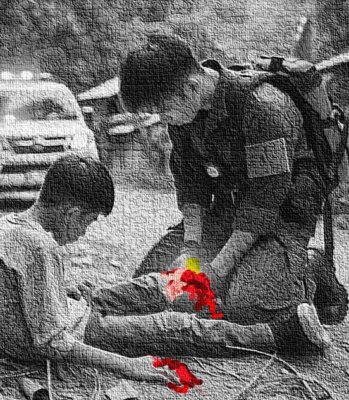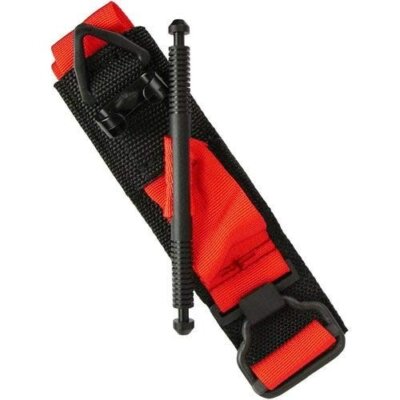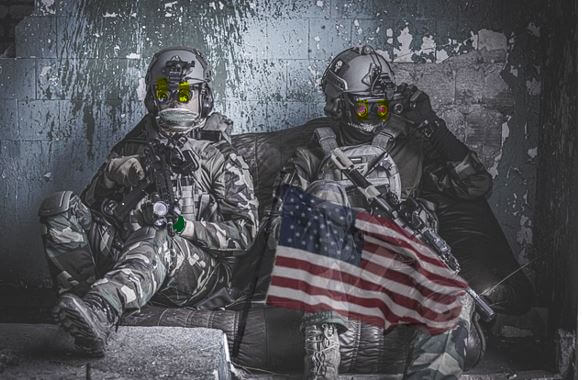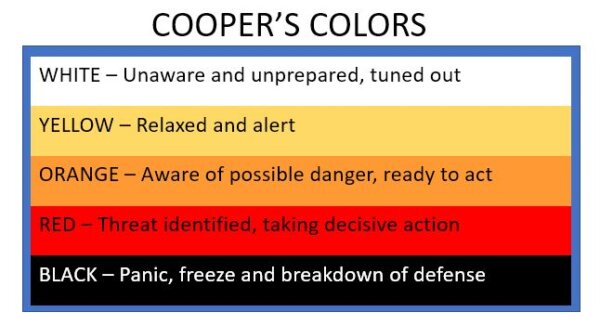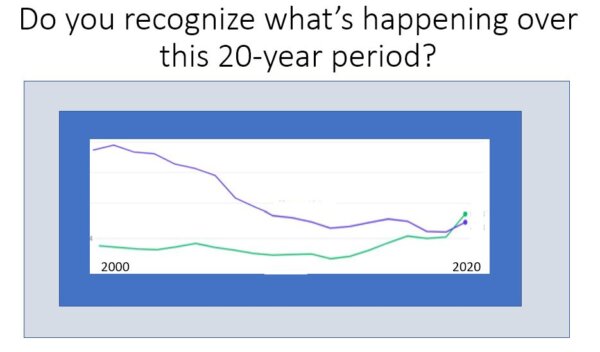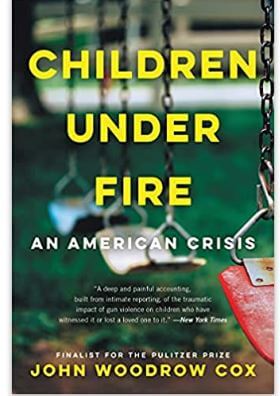What to do after someone dies — A checklist for Emergency Plan Guide readers

Dear Friend,
What to do after someone dies has turned into one of my longest Advisories. You will discover even more that could be added.
What I’ve found is that many people – even those who consider themselves “well prepared” in life – are not prepared for what really happens when someone dies!
I have been struggling with this list since a member of my own family died early this month. The list started almost like a diary, jotted down as cryptic notes on different bits of paper at different places in the house. “Today, did this. Tomorrow, need to figure out about that.” I quickly realized, and still realize, that there is inevitably more to come. I’ve kept learning, organizing, and documenting more nearly every day.
The result? A checklist that I am confident is a valuable tool for our family. Plus, I personally am getting an added benefit: writing helps with emotional ups and downs.
I am sharing the list because I believe it will be a benefit to you, too, when someone you love dies.
How to use this checklist.
Your situation will be different from ours. What your family expects and what your state requires after a death will be different from ours. So, while I feel confident about what’s in this checklist, I offer no guarantees that it includes everything. Be ready to do more homework.
At least, with this list, you’ll have a head start.
I suggest you start by reading through the whole list. Jot down questions and the names of people who might be able to help, and then figure out which items you want to start with. I’ve divided them loosely into “right away,” “when you are ready” and “when you have all the documents you need.” Work on pulling together the important documents all along the way.
As you move through the list, and begin making calls and making decisions, keep a record of who you talked to, when, and what they said. You may need to go back to them for more info or to complete the action you discussed. Don’t depend on your memory alone during this challenging time.
Start on these items right away. They may be happening simultaneously.
- Plan immediately for dependents and pets. You are going to be busy with many decisions; you don’t want these important family members to be overlooked or forgotten.
- Find the right funeral home. If you are lucky, you already know what your loved one wanted in the way of organ donation, burial, cremation, etc. If you don’t already know, check driver’s license, medical records, and the will or trust for hints.
If the death occurred in a hospital, the hospital staff will be able to help with organ donation, paperwork and pick-up of the body. If the death occurred at home, you still have to get an official declaration of death from a medical professional. Call 911, tell them it is NOT an emergency. EMTs will transport the body to a local hospital where a doctor will sign the appropriate paperwork.
Before the body can be released, you need to have selected a funeral home that offers the type of services you want. Most funeral homes will be knowledgeable about all the immediate paperwork requirements; helping you is part of the service they offer. Expect to come up with how you will pay them; many can take payment over time. - Be sure all family members are notified. This should go without saying, but you want to get it done timely to avoid hurt feelings. There are enough emotions at issue as it is.
- What about YOU? You may need to take time off to handle this. Does your employer offer legal or consulting services that could be of help? Can you take bereavement leave?
- Find out if you have authority to deal with the deceased’s money. Don’t just jump in and start moving money around! You could be setting yourself up for legal and financial headaches. Instead, contact the deceased’s estate planning attorney (who helps set up things before a death) or a probate attorney (who helps “administer” an estate after death)to understand what you can and can’t do.
No attorney? Look for a free or low-cost legal consultation to get things started. (I mentioned looking for help through your benefits package.) Other places to look include a local 211 referral service or the county bar association. You’ll be able to get a lot of info in a half-hour consultation if you are prepared. Be ready to describe your relationship to the deceased. Write down dates, family details, estimated total value of accounts, property owned, etc.
Read this whole list to help you prepare for this call. Have your questions ready. When this call is over, you’ll know what things you can handle yourself and where you might need more legal help. - Was the deceased getting Social Security benefits and/or pensions? If yes, be aware that any money received for the month of death (or after) has to be returned. Simplify everything by stopping automatic deposits. Don’t cash checks that come after the death. Contact the Soc Sec admin and find out how to handle payments. Also find out if YOU or someone else is eligible to continue to receive benefits based on the deceased’s record.
Keep these action items in mind until you’re ready.
- Make sure you get a supply of CERTIFIED Death Certificates. The funeral home or even the hospital may give you a draft death certificate, but you’ll eventually need certificates with the signature of a medical professional certifying the death and cause of death. Get at least a half dozen of the certified death certificates and make some photocopies, too, for use when certified are not required. Be sure to save one of the originals. (The county where you live will ultimately be able to provide you with certified copies – for a fee.)
- Watch out for scams or pressure. As soon as the news gets out, people may contact you knowing you are vulnerable. They may offer help, try to sell you something, ask for donations, or demand that you pay debts immediately. Tell them to back off; “The estate will be settled in due course.”
- Figuring out what to do with cremated remains? There’s no hurry. Consider what your loved one would have wanted. If necessary, find out about alternatives to burial. (sprinkling in a forest, for example). There are often restrictions.
- Thinking about some sort of celebration of life? Again, there’s no hurry although these generally take place within a month of the death. Think about collecting memories from people who were close to the person who died. You’ll find many ideas online for planning a celebration of life. (Note that most of them come from one funeral service company or another.) You may find a friend or a specialized company willing to plan the whole celebration for you.
Whether you plan a funeral or a celebration of life, be cautious about making the date and time public. A favorite crime is to break into a home when all family members are known to be at a funeral. (Get a house sitter for that time!) - Finish notifications to friends. This may be best managed through an announcement via Facebook or other social media. But don’t do this too soon. because you may be inundated with emails or calls while you have other decisions to make.
- Contact the deceased’s employer. Let them know what has transpired. Find out about insurance coverage: can it be extended to other family members? Is there a death benefit? (Start a claim.) Are there any unpaid bills at work? Is any company money owed to the person who died? Find out about personal equipment or supplies that are still at the workplace and arrange to pick them up.
- Contact your insurance agent to cancel/change auto insurance. Find out whether you would be covered if you drive the deceased’s car.
Along the way, collect important documents and papers.
Collect important papers and documents and have them ready when you talk to lawyers or tax consultants. (Avoid mailing any originals. Make copies, send them, and get a signature when the item is received.) Here is a start at the lengthy list of documents to search for. You may think of even more! (As you are reading, cross off any documents that don’t apply. Jot down names of people who can help with a given item and come back to it later.)
- Will or trust (Where is the document? Is it up to date? Does the deceased live in one of the nine community property states or in a common law state? Like everything else, rules continue to change regarding inheritance, so don’t make immediate assumptions about who gets what even if the will lists beneficiaries.)
- Deeds or title to real estate
- Business contracts (e.g., leases, monthly services)
- Insurance policies
- Tax returns and receipts or statements
- Bank accounts and checking statements (May have a beneficiary designation. Check accounts to identify any bills that are being paid automatically every month.)
- Investment accounts (May have a beneficiary designation)
- Retirement accounts (Earned or currently receiving) (again, may have beneficiary or survivor’s benefit)
- Credit card statements
- Earnings statements
- Birth certificate
- Passport, U.S. Certificate of Naturalization, Report of Birth Abroad of a Citizen of the USA
- Marriage and divorce certificates, Domestic Partner certificate (different in each state!)
- Social Security number (actual card); any names used previously for Social Security
- Driver’s license
- Vehicle title and registration
- Vehicle insurance
- Bills (Save mail for a month to be sure you get them all.)
- Medical bills and expenses
- Safe deposit box
- Digital account logins and passwords (bank accounts, social media accounts, news services, etc.)
- Subscriptions and paid memberships
- ____________
- ____________
- ____________
- ____________
- ___________
When you have all the documents you need, start checking these items off your list.
- Notify any organizations that may have death benefits associated to them. (Insurance company? Veterans’ Administration? Professional association?) Send a photocopy of the death certificate along with your inquiry or announcement.
- Contact your state’s Department of Motor Vehicles to cancel the deceased’s drivers’ license.
- Close out/change utility company accounts if in the deceased’s name alone.
- Close out telephone company contracts. Watch out that you don’t mess up any “family plans” that are in place.
- At the post office, keep mail arriving for a while to be sure you get all bills. When you have them all, call the PO and find out how to stop mail delivery. (You may have to have the authority as executor or personal representative to do this.)
- You can contact the Direct Marketing Association to get the deceased’s name off of marketing lists.
- Cancel internet, email or website subscriptions or accounts. Some social media accounts (e.g. Facebook) can be converted to Memorial Accounts.
- Contact Experian, TransUnion, and Equifax (credit reporting agencies) to get the deceased’s name off their databases – this is to reduce the likelihood of credit fraud.
- As for credit cards that belong to the deceased, call to close accounts as of date of death. Ask the representative to waive interest or fees after date of death. If you are not a co-signer on the account, YOU should not be responsible for the debt; it will be dealt with by the estate (i.e., the probate attorney or personal representative). If you are an authorized user on an account, or you and the deceased lived together in a community property state, check with the probate attorney to clarify your status as to the deceased’s credit card debt.
- What about your own accounts that have a beneficiary designation? Make appropriate updates. (This could include insurance policies, retirement accounts, annuities, bank accounts, health savings accounts, employee stock purchase plans, stock options, or deferred compensation plans.)
- Revisit your own estate plan and make changes there, too. Don’t overlook changes to health care directives or medical care instructions you may have on file.
- Finally, the tax return. Someone will have to file a final tax return. If the person who died is your spouse, you will do it. If not, the usual tax preparer can do it, or a personal representative can be assigned to complete the return. The IRS doesn’t need to be notified of the death other than through that final tax return, so this can all take place later.
Some closing thoughts from Virginia
Once you’ve read this Advisory, I hope you’ll keep it among your own “important documents.” And please share this list with your loved ones now, so they won’t have to discover everything on their own. I have created a pdf version of this Advisory. I think you’ll find it easier to read and work with than the website version. Download the pdf here.
Virginia
Your Emergency Plan Guide team
P.S. Of course I’d welcome any suggestions you may have. Please add them on the website or send them directly to me at virginia@emergencyplanguide.org.
UPDATE: Thanks to some careful readers I have received some excellent suggestions and additions. I have incorporated them into the pdf so if you will, grab the updated pdf here!

